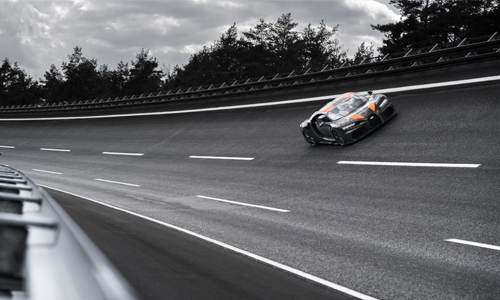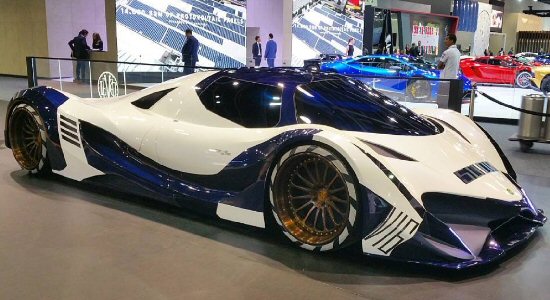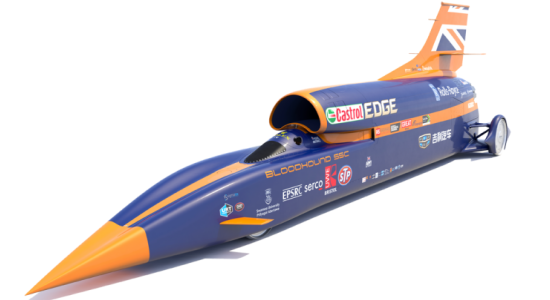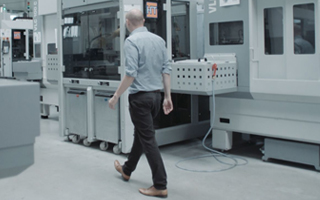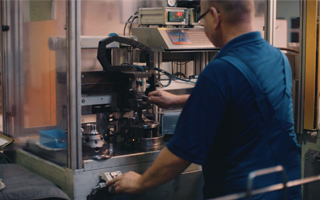What Happens At 300mph

Speed has always been something of an obsession for humanity and never has it been better personified than by hyper car manufacturers.
Achieving a top speed of 300 miles per hour in a road legal production car has been their holy grail for thirty years now, and some are now getting tantalisingly close to realising their ambitions.
JOURNEY
1987 was the year the now legendary Ferrari F40 was credited with being the first car to achieve the supposedly impossible by breaking through the two ton barrier and hitting a top speed of 202mph.
This record didn’t last long and attention soon turned to what else was possible: Lamborghini’s Diablo matched the F40 in 1991, with Bugatti’s EB110 GT and then Jaguar’s XJ220 each pushing the bar a little higher to put the record at 213mph by 1992.
Then the McLaren F1 showed up in 1993 and smashed it to pieces, eventually hitting 240mph with a car translated from the F1 track into road legality - and so the record stayed until 2005.
The leap forward McLaren made was so great that after seeing the record broken for three years in succession, it took over a decade before it was finally toppled by Bugatti’s Veyron – which set the motoring world alight with the raw power of its 1000hp engine propelling it to 253mph.
The Veyron continued to push the envelope a little further and its 2010 Super Sport WRE (World Record Edition) now sits on an averaged top speed record of 267mph.
Keen to retain their title against would be challengers such as Koenigsegg’s One:1 and Hennessey’s Venom GT, Bugatti have now produced a successor to the Veyron in the shape of Chiron.
It’s been making waves with its 1480 horses and a top speed currently limited to 261mph, which it supposedly easily reaches. However, it’s estimated that once delimited the Chiron will peak at no higher than 288mph - setting another new top speed record, but ultimately falling short of the grail.
Bugatti are not planning on setting an official top speed until 2018, so we will just have to wait patiently.
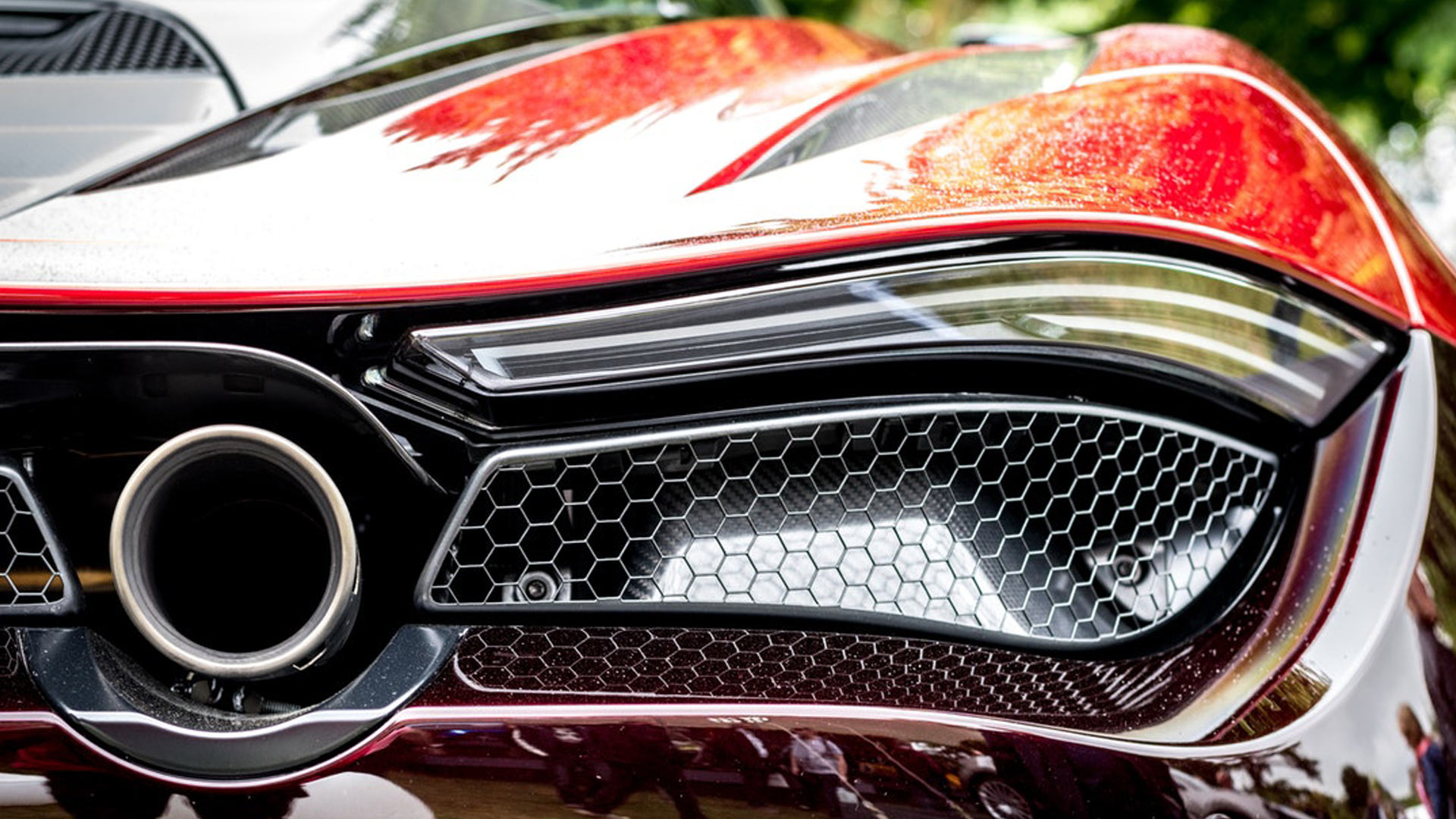
POWER AND DRAG
When reading through the Chiron’s specifications, it is hard to imagine what it will eventually take to achieve this monumental feat of engineering. With the same engine configuration as the Veyron, comprising two V8’s sandwiched together into a W16 and 4 turbos, Bugatti have already taken what can be defined as a production car into new territory.
Most speculators have settled on around 1,800bhp being the predicted amount of power needed to push a car to 300mph, but power isn’t as big a problem as you would think – the real issue is cooling things down and the consequences of doing that.
The established method for cooling down the excessive heat an engine produces is by channelling the vast quantity of air that rushes past the vehicle as it moves over the hot parts to strip away the excess heat. It's a simple and elegant solution; the faster you travel the more you need to cool, and the faster you go the more air you are provided with. It’s perfect - except for the drag that’s produced.
As you channel that air through intakes and scoops, those gaps and holes reduce the aerodynamic efficiency of the car and cause drag. And the faster you are travelling, the more that drag slows you down and wastes more of the power produced by the engine.
Of that 1,800hp estimate, almost 1,500hp of it will be used just to overcome the drag of the vehicle.
You’re now faced with solving one of the conundrums that has so far prevented engineers from building a car that can reach 300mph. How do you add more power to an engine which then needs to be further cooled, but cooling then slows down the car by increasing its drag.
SHAPE SHIFTERS
In an effort to reduce drag, some cars actually change shape as they increase their speed.
They have different driving modes that alter ride heights or even have them change automatically as higher speeds are reached - lowering the car closer to the ground to reduce amount of air passing under it to form a vacuum, which pulls the car closer to the ground improving downforce.
Spoilers increase downforce but also increase drag, but no longer are they simple wings - active spoilers react to driving conditions and driver input. Retractable spoilers only extend when needed to minimise drag and can also act as air brakes by increasing their angle to the direction of travel.
Motorised flaps are now being used to drastically alter aerodynamic profiles. They can block off those drag inducing intakes to enable higher speeds - not forgetting that these airflows are needed to cool things down, this is typically only done to systems that are not critical to pushing the car faster.
Brake vents are one such system - but of course these flaps must quickly open again when the brakes are applied to stop them from overheating.
Mercedes have even gone so far as to develop a car that actually changes the shape of its wheels and rear end to reduce turbulence – with the wheel rims flattening out and the rear body panels extending further out behind it.
LIMITED BY THE TECHNOLOGY OF OUR TIME
Tyres are the most important part of a car. The reason for this is everything a car can do from steering to braking to accelerating, it all has to be communicated through the tyres to the ground.
A rumoured reason for Bugatti delaying their Chiron speed test is that they waiting on Michelin to develop a tyre that with can withstand the forces created at the predicted speeds the Chiron will reach.
The rotational forces involved at these speeds force the rubber to warp out of shape and eventually shred apart. Non-road legal land speed record vehicles do not use tyres at all and instead have solid metal rims, but that is not an option on a road legal car.
Making the tyres from a harder rubber compound would improve the durability, but it then loses the grip it needs to transfer the immense power from the engine to the road surface.
In fact the Veyron and Chiron have their tyres glued to their rims to prevent the tyre slipping on the rim itself under acceleration, so great is that power - another of the problems needed to be overcome to enable a car to reach 300mph.
Bugatti’s test driver has even gone so far as to say the only thing preventing the Veyron going beyond its current speed record is it’s tyres, with the current best rubber exploding after minutes of use at 270mph.
They are operating so close to the limit of their performance they can’t attempt speed tests on banked tracks as the extra g-force exerted on the tyres is enough to push them over the edge.
Ignoring some of technicalities of measuring who’s fastest, the Koenigsegg One:1 and the Hennessey Venom GT are currently battling it out for top spot.
If Michelin can develop the tyres Bugatti are waiting for we can well expect a new record in 2018, but will it be fast enough - and if so, what then will the next target be?


